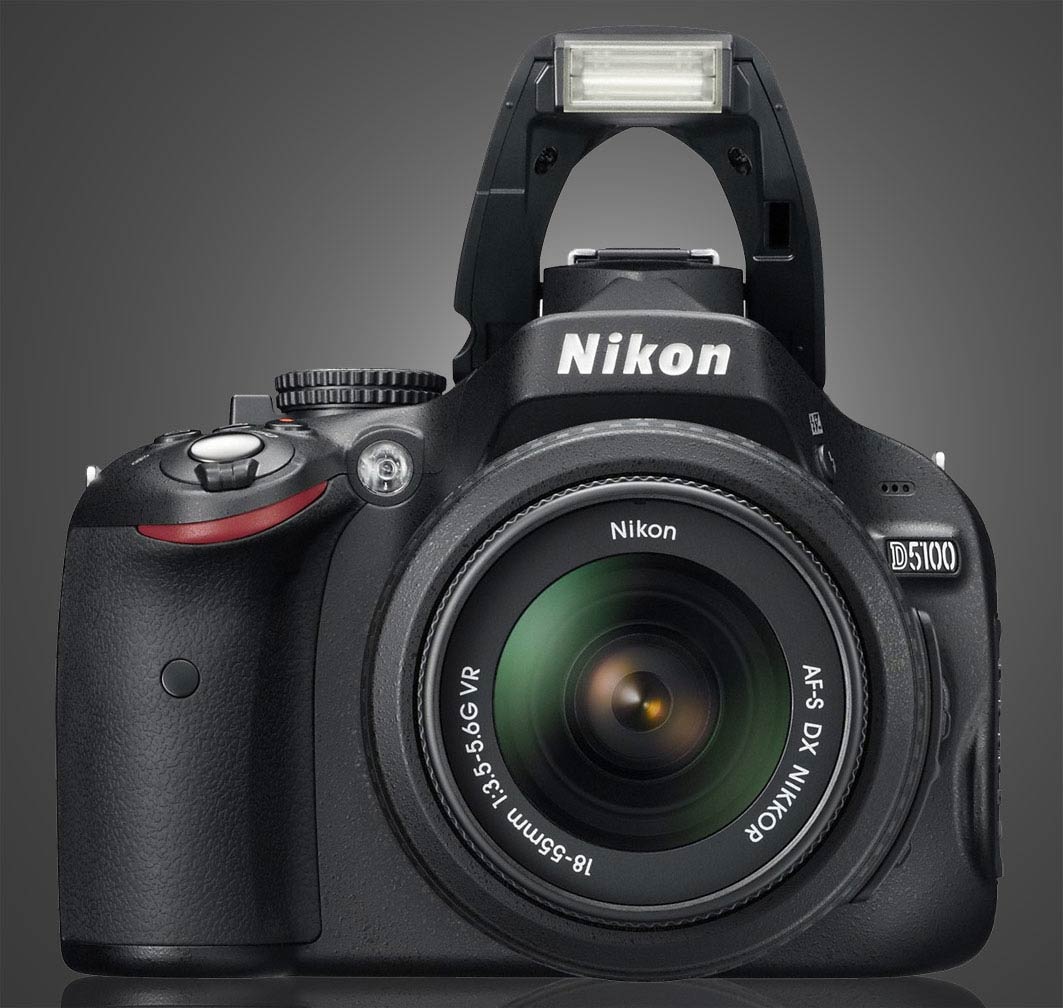

Sony has released their Imaging Edge Webcam software for Windows 10. It lists the following supported cameras:
#Canon t3i ecamm live for windows 10
Nikon has released the Webcam Utility for Windows 10 and OSX 10.13, 10.14, and 10.15. This method typically still requires USB liveview capability, but doesn't rely on having a newer camera or OS versions that are supported by the OEM webcam releases. The third method is to use some kind of USB (or wireless, see mjt's answer) connection with the camera and software that can display the camera sensor's data (typically a remote control shooting app from the manufacturer, or freeware like digicamControl or gPhoto) and then using OBS (Open Broadcast Software) to send that display on a webcam stream using obs-virtual-cam or its plugin (Windows), obs-mac-virtualcam (OSX), or obs-v4l2sink (Linux).
#Canon t3i ecamm live how to
Many camera companies are rolling their own versions of how to do this (see By camera manufacturer section, below), but there are free and open solutions that can work for older cameras and OS versions (see my personal experience section). Typically, transforming it into Spout (Windows), Syphon (OSX), or V4L2 (Linux) input, and then software to make that a virtual camera you can select from your video conferencing app. You then need some software that can translate this liveview stream to look internally like webcam input. So you'll need to check whether your specific camera has this capability. Canon and Sony excepted, most camera manufacturers reserve this feature for higher-end prosumer models. Resolution may be limited.Īlso, a lot of camera bodies can't do this. The second method is using a camera's ability to do tethered liveview over USB, and using software to translate this to look like a USB webcam input.

* Canon dSLRs that can load Magic Lantern excepted. Most* video-capable interchangeable lens cameras do not output clean HDMI if they are not from the last generation or two (this is written in 2020) of cameras.īut HDMI capture does allow for HD resolutions and 4K. HDMI capture requires two things: that the camera can output "clean HDMI" that is HDMI that doesn't have camera control overlays all over it, and an HDMI capture device to turn the HDMI output from the camera into a USB webcam input to the computer. There are three main methods by which a dSLR/mirrorless camera can be used as a webcam. These may be sold separately because one converter can connect to multiple dummy batteries for multiple models of camera. To run a camera off AC power, you need two pieces: a compatible AC-to-DC converter to plug into the wall, and a dummy battery that fits your camera's battery compartment and plugs into the converter. Keep in mind that video conferences can be continuous for hours.

A good USB microphone (possibly a lav mic), since the condenser mics built into cameras tend to suck. Software to set up a virtual camera for your video conferencing platform or if you are using HDMI, an HDMI capture deviceĪ way to power your camera for the length of your conferences. A camera that can stream using one of the methods described below.


 0 kommentar(er)
0 kommentar(er)
